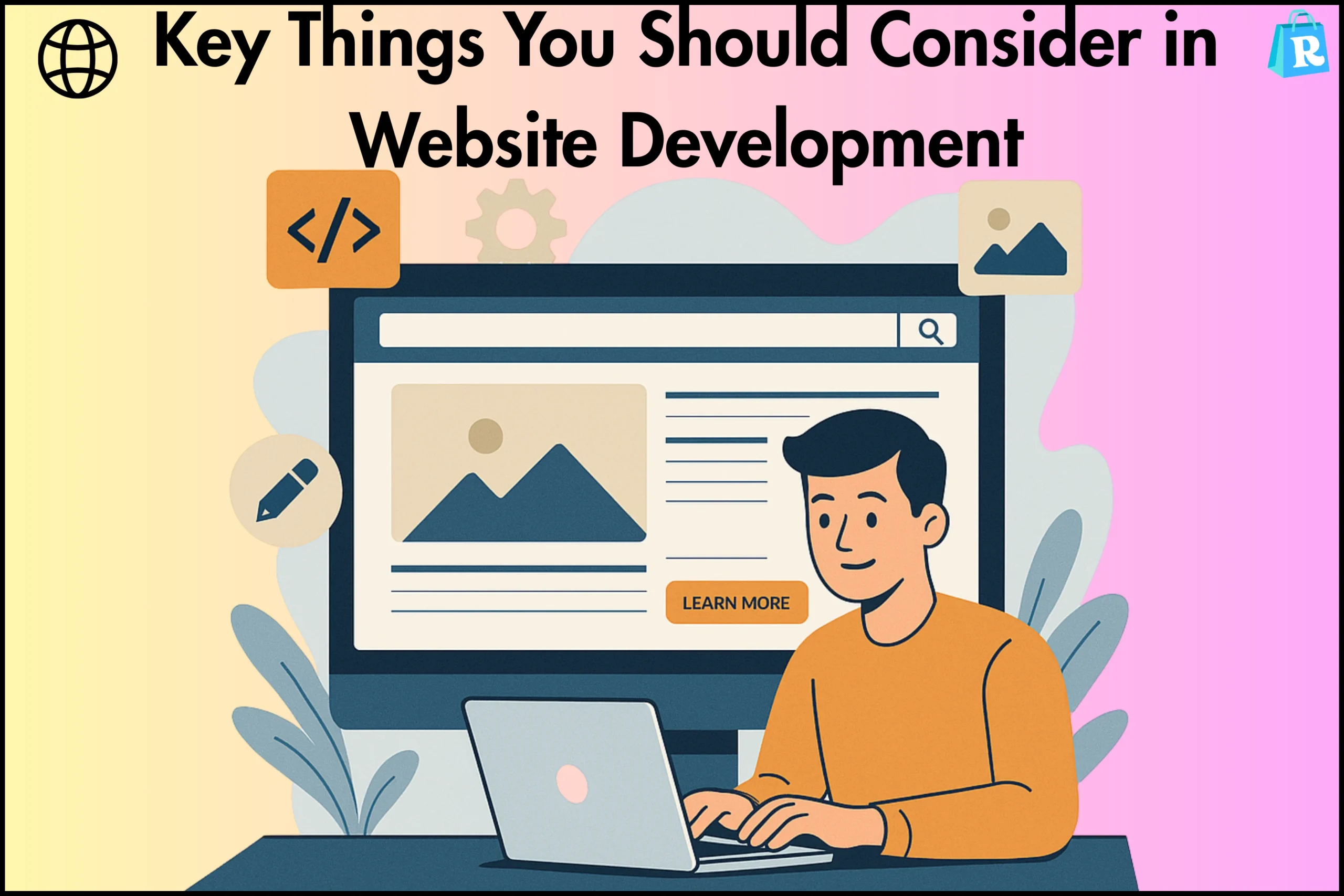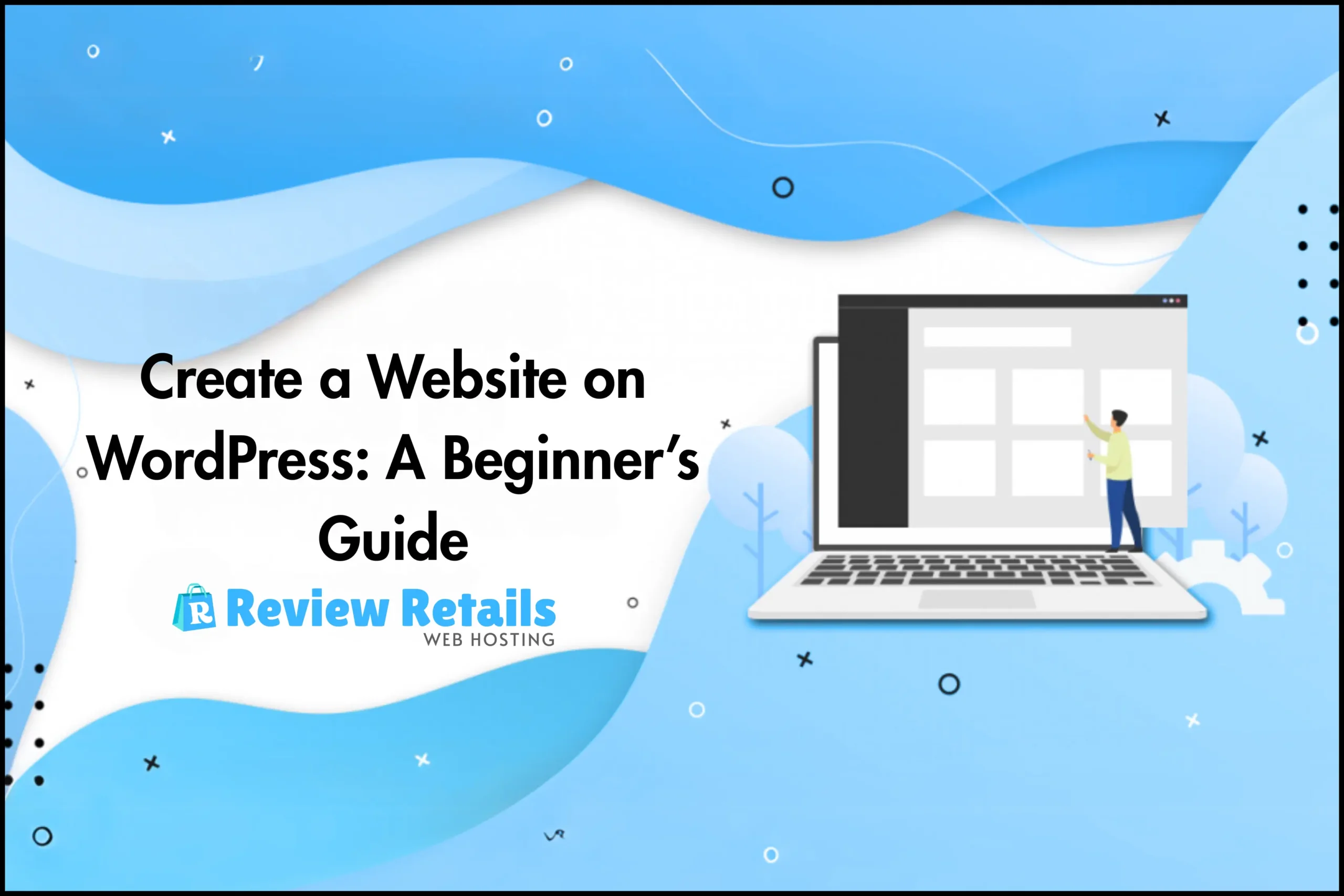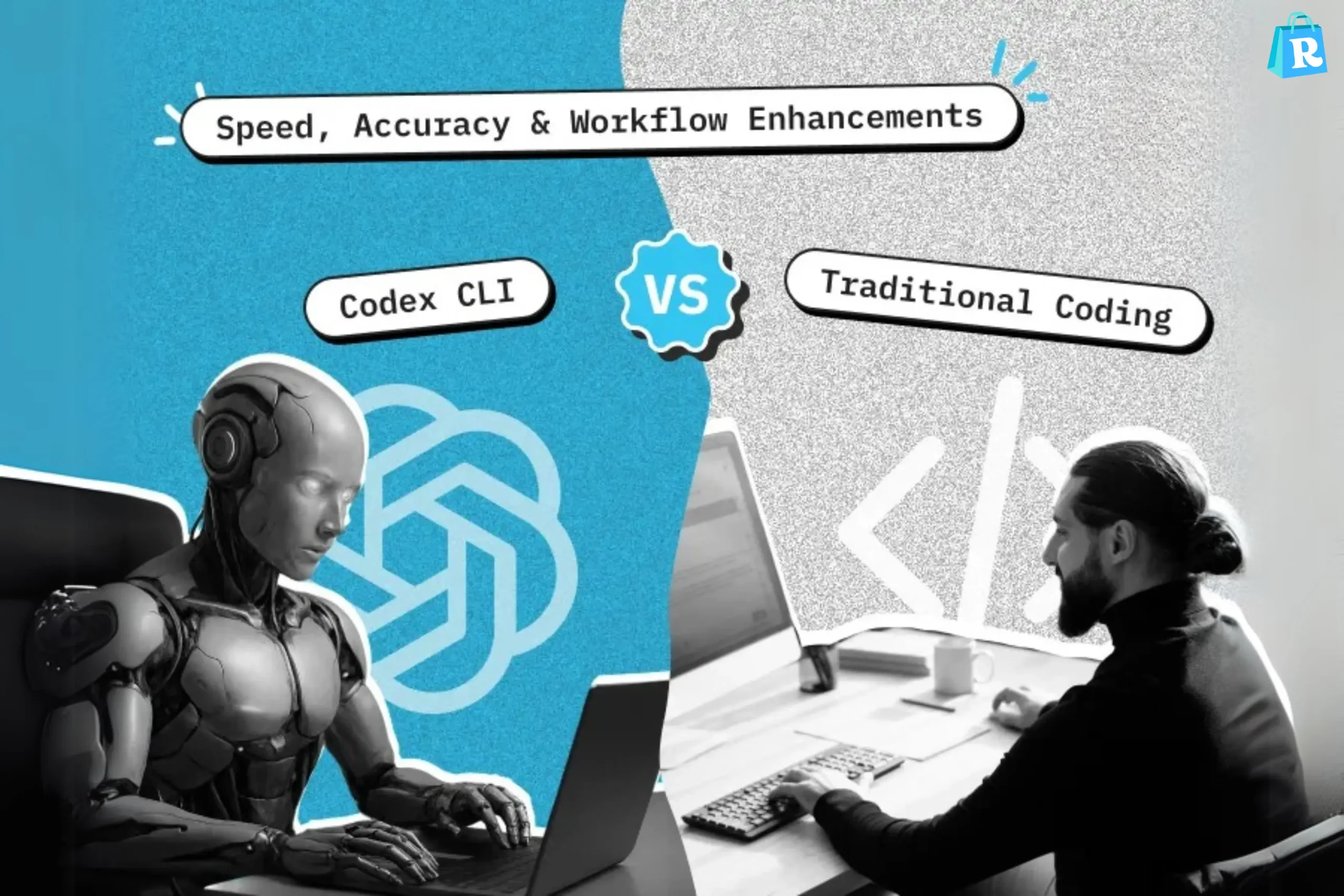In today digital age, a website is more than just a luxury — it’s a necessity. Whether you’re launching a business, showcasing your portfolio, or starting a blog, learning how to create a website is the first step toward building your online presence. But with so many tools, platforms, and strategies out there, the process can feel overwhelming for beginners.
The good news is that creating a website is easier than ever, thanks to user-friendly platforms and intuitive design tools. In this blog post, we’ll walk you through each phase of website creation, explore popular methods like coding vs website builders, and help you choose the best approach for your needs. Stay with us — your perfect website is just a few steps away.
Understanding the Purpose of Your Website

Before you write a single line of code or choose a domain name, it’s essential to define your website’s purpose. Are you creating an online store, a personal blog, a business site, or a digital portfolio? Knowing the goal behind your website helps shape the entire process, from design to functionality. A well-defined purpose makes decision-making much simpler and guides the direction of content and layout choices.
Choosing the Right Platform: Coding Vs Website Builders
One of the first decisions you’ll need to make is whether to build your website using code or use a website builder. Coding gives you full control and customization but requires technical knowledge in languages like HTML, CSS, and JavaScript. Website builders like Wix, Squarespace, and WordPress offer user-friendly interfaces with drag-and-drop tools for those without coding experience. The best choice depends on your goals, timeline, and comfort level with technology.
WordPress Vs Custom Development: Which One Fits Best?
WordPress is one of the most popular content management systems, powering over 40% of all websites. It offers thousands of themes and plugins that make customization easy, even for non-developers. On the other hand, custom development involves building a site from scratch or using frameworks, which allows for complete flexibility and unique features. While WordPress is ideal for quick launches and content-heavy sites, custom development is suited for complex projects needing advanced functionality.
Registering a Domain Name and Choosing Hosting

A domain name is your website’s address on the internet, and hosting is the service that keeps your site live. Choose a domain that reflects your brand, is easy to remember, and uses a common extension like .com. Popular registrars include GoDaddy and Namecheap. For hosting, services like Bluehost, SiteGround, or Hostinger provide various plans depending on your needs. Consider speed, uptime, and customer support when selecting a hosting provider.
Designing Your Website Layout and Structure
Once your platform and hosting are set up, it’s time to design your website layout. Start with the homepage, which should include clear navigation, engaging visuals, and a concise message about what your site offers. Think about user experience — how easily visitors can find what they’re looking for. Every page should serve a purpose, whether it’s showcasing your work, providing information, or encouraging action through contact forms or purchases.
Creating and Adding Content That Converts
Content is the heart of any website. Whether it’s blog posts, service descriptions, or product details, your content should be clear, concise, and tailored to your audience. Use compelling headlines, well-structured paragraphs, and calls to action to guide users through your site. Regularly updated content helps improve search engine visibility and keeps visitors engaged. Don’t forget to optimize images and media to ensure fast load times.
Ensuring Mobile Responsiveness and Speed Optimization
With a growing number of users accessing websites on mobile devices, your site must be responsive. This means it should look and function well on screens of all sizes. Many website builders offer mobile-optimized templates, while custom sites require responsive CSS coding. Speed also matters — compress images, minimize scripts, and use caching to keep load times short. A fast, mobile-friendly website improves user experience and SEO rankings.
Securing Your Website and Installing Essential Tools
Security should never be an afterthought. Install SSL certificates to ensure encrypted connections, use strong passwords, and keep your platform and plugins updated. For WordPress users, security plugins like Wordfence can add extra layers of protection. Also, set up tools like Google Analytics and Search Console to track traffic and performance. These tools offer insights that help you refine and grow your website effectively.
Testing and Publishing Your Website Live
Before you go live, test your website on different devices and browsers. Check all links, forms, and interactive elements to make sure they function properly. Preview pages for design consistency and content accuracy. Once satisfied, hit publish! Announce your launch on social media, to your email list, and anywhere your audience is active. Continue to monitor performance and update your site regularly for long-term success.
Comparison Table: Coding Vs Website Builders
| Feature | Coding | Website Builders |
|---|---|---|
| Skill Requirement | High | Low |
| Customization | Full | Limited to Templates |
| Speed of Development | Slower | Faster |
| Maintenance | Manual | Platform-Managed |
| Cost | Varies (can be high) | Often Lower/Monthly Plans |
| Scalability | High | Medium |
| Learning Curve | Steep | Beginner-Friendly |
Key Features of Website Creation
Creating a website involves several key elements that work together to form a cohesive online experience. From selecting a platform to designing a layout and writing content, each step requires careful consideration. Choosing between code and a builder affects flexibility and development time. Equally important are security, mobile responsiveness, and optimization, which ensure your site is functional and accessible. Testing before launch and updating post-launch help your site stay current and effective.
Pros and Cons of Creating a Website
Pros
- Offers complete online visibility.
- Enables direct communication with your audience.
- Facilitates brand growth and credibility.
- Provides e-commerce or service functionality.
- Improves control over content and design.
Cons
- Requires regular updates and maintenance.
- Involves upfront planning and technical setup.
- Demands attention to design and user experience.
- Takes time to optimize for search engines.
- May involve ongoing costs for hosting and tools.
FAQs
-
Do I need to learn coding to create a website?
No, website builders allow you to create professional websites without coding. However, coding offers more customization.
-
What’s the difference between domain and hosting?
A domain is your web address (like www.reviewretail.com), while hosting is the server space where your website files are stored.
-
Is WordPress free to use?
Yes, WordPress itself is free, but you may need to pay for themes, plugins, and hosting services.
-
Can I switch platforms after creating my website?
It’s possible, but migrating websites can be complex and may require manual adjustments, especially when switching systems.
-
How long does it take to build a website?
It depends on the complexity. Simple sites can be built in a few hours, while custom projects may take weeks.
Conclusion:
Creating a website is a rewarding journey that opens the door to countless opportunities. Whether you’re building a personal blog or launching a full-scale online store, understanding your options and following the right steps makes the process smoother and more successful. From selecting a platform to optimizing for speed and security, every choice you make impacts your site’s performance.
By following the guidelines in this post, you’ll be well-equipped to create a website that not only looks great but also delivers real value. Whether you go the DIY route with a website builder or explore custom coding solutions, your digital presence begins with a single step — and now you’re ready to take it.






